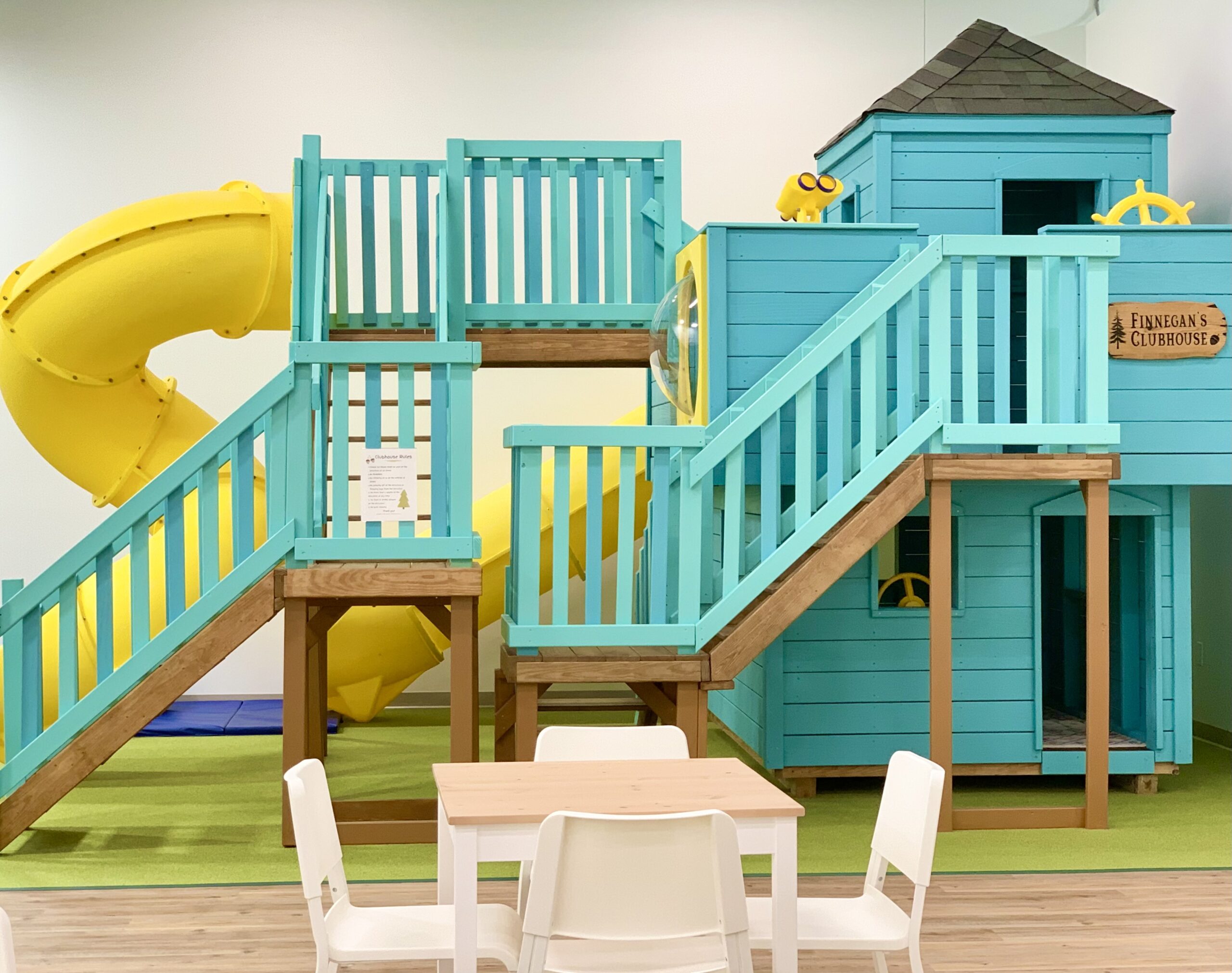Wild Things Play
Do you remember the joy and freedom of playing outdoors as a child? Running in the grass, climbing trees, and exploring the natural world? This type of play is what inspired the book "Where the Wild Things Are" and the concept of "wild things play." But in today's world, many children are not getting the opportunity to experience this kind of imaginative and adventurous play.
Pain Points of Wild Things Play
Children today are spending more time than ever in structured activities and screen time, leaving little room for unstructured outdoor play. This lack of playtime in nature can lead to a range of issues, including obesity, anxiety, and depression. According to a study published in the International Journal of Environmental Research and Public Health, children who spend more time in nature have better mental health outcomes and reduced symptoms of ADD and ADHD.
The Target of Wild Things Play
Wild things play is all about encouraging imaginative and exploratory play in nature. It's about giving kids space to run, climb, and discover their surroundings, with minimal adult intervention. The target of this play is to nurture creativity, problem-solving skills, and a love of nature. With wild things play, children can learn about the world around them, develop resilience and independence, and build lasting memories.
Main Points of Wild Things Play
In summary, wild things play is essential for children's mental and physical well-being. It promotes creativity, problem-solving skills, and a love of nature. By engaging in unstructured outdoor play, children can develop their independence, build resilience, and create lasting memories. Parents and caregivers play a crucial role in promoting wild things play by providing space and time for unstructured play in nature.
Wild Things Play - Exploring the Target
When I was a child, I spent most of my summers exploring the woods around my house. My siblings and I would spend hours building forts, catching frogs, and creating imaginary worlds. Looking back, those were some of the happiest times of my childhood. Now, as a parent, I try to encourage that same sense of wild things play in my own children.

Wild things play is not just about letting kids run free in nature. It's also about providing opportunities for them to explore and experiment. By giving kids the freedom to tackle new challenges, we are helping them develop problem-solving skills and resilience. Plus, the physical activity involved in outdoor play is essential for children's physical health.
The Importance of Nature Play
Nature play is becoming more and more important as children spend less time playing outdoors. According to a study conducted by the National Trust, the average British child spends just four hours a week playing in natural spaces. This lack of nature play is linked to a range of health issues, including obesity, anxiety, and depression.

Wild things play is one way to combat this trend by providing opportunities for children to engage with nature in a fun and imaginative way. By promoting nature play, we are helping to create a generation of children who value and protect the natural world.
Why Outdoor Play Matters
Outdoor play is essential for children's physical and mental health. According to a study published in the Journal of School Health, outdoor play can help reduce stress, anxiety, and depression in children. It also promotes physical activity and development, improves social skills, and enhances cognitive development.

Wild things play takes outdoor play to the next level by encouraging kids to take risks, explore their surroundings, and engage with nature in a meaningful way. By providing opportunities for wild things play, we are helping children develop a lifelong love of nature and a deeper connection to the world around them.
Question and Answer
Q. What are some practical ways to encourage wild things play?
A. Some practical ways to encourage wild things play include providing open-ended materials for play, such as sticks, rocks, and natural loose parts. You can also create a dedicated outdoor play space with features such as climbing structures, sandboxes, and mud kitchens. Finally, try to find natural areas for kids to explore, such as parks, nature trails, or community gardens.
Q. What are the benefits of wild things play?
A. Wild things play has numerous benefits for children, including improved physical and mental health, enhanced problem-solving skills and resilience, and a deeper connection to nature.
Q. What if I don't have access to natural spaces for wild things play?
A. If you don't have access to natural spaces, you can still encourage wild things play by providing opportunities for unstructured outdoor play in urban or suburban areas. Look for community gardens, public parks, or even your own backyard as potential play spaces.
Q. Can wild things play be dangerous?
A. Like any form of play, there is a certain level of risk involved in wild things play. However, with proper supervision and safety measures in place, the benefits of wild things play far outweigh the risks.
Conclusion of Wild Things Play
Wild things play is a simple concept, but it has the power to transform children's lives. By providing opportunities for unstructured play in nature, we are helping children develop essential skills and a lifelong love of the natural world. So let's encourage wild things play in our children and give them the gift of exploration, imagination, and adventure.
Gallery
Where Our Wild Things Play, In This Family Wood Sign, Nursery Decor

Photo Credit by: bing.com / where wild play sign things wood family nursery decor playroom choose board
Kids Playroom Where Our Wild Things Play Wood Sign | Playroom Decor

Photo Credit by: bing.com / rusticlyinspiredsigns
Where The Wild Things Play - YouTube

Photo Credit by: bing.com /
Where The Wild Things Play 10 Wooden Round Sign Laser Cut | Etsy

Photo Credit by: bing.com /
Where The Wild Things Play - Hummelstown, PA - Been There Done That

Photo Credit by: bing.com / clubhouse hummelstown finnegan hershey